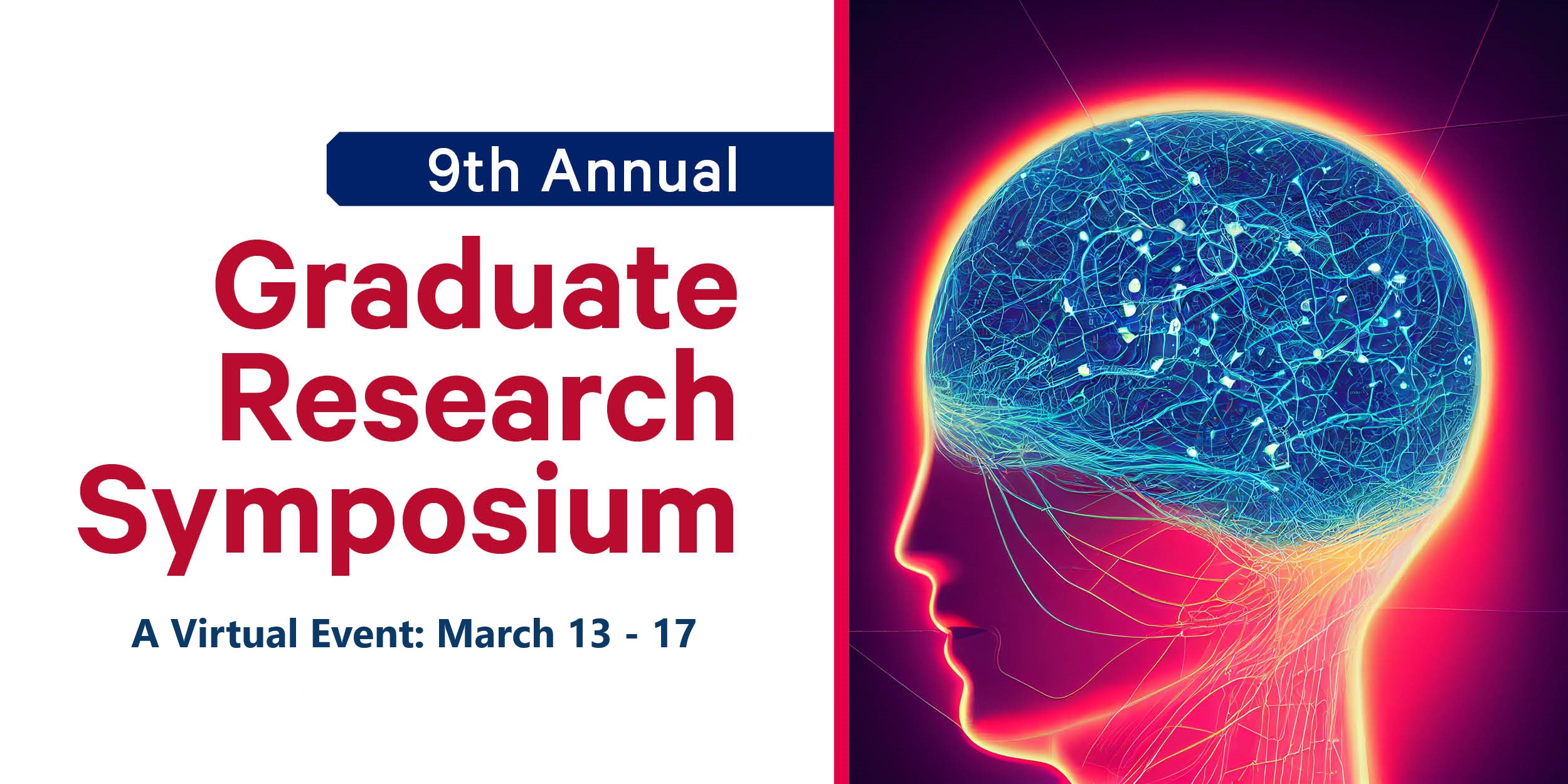Presenter Information
Emma Locarnini
Abstract
The sacred music of Johann Sebastian Bach, written during the composer’s employments at churches in Weimar (1708-17) and Leipzig (1724-50), clearly demonstrates his strong Lutheran faith. However, until relatively recently, Bach’s instrumental works have been considered devoid of religious inspiration, especially those published during his time at the Calvinist court of Prince Leopold in Cöthen (1717-23). With the discovery of Bach’s personal Bible and other Lutheran theological texts that contained annotations underscoring the role of music in bringing glory and praise to God, some contemporary scholars have pushed against the notion of Bach’s instrumental works being purely secular. For example, Michael Marissen, in his groundbreaking 1995 book The Social and Religious Designs of J.S. Bach’s Brandenburg Concertos, demonstrates how the First Concerto represents a Lutheran perspective on social hierarchies. The unusual inclusion of a hunting horn signals the presence of the aristocracy, and Bach’s musical treatment of the hunting horn suggests that the aristocracy is in some ways superfluous to the ensemble but is ultimately necessary to maintain social and musical order.
In this project, I argue that the same analytical principles can be productively applied to the Second Brandenburg Concerto, a piece which has not been yet considered in a theological context, and its unique use of the trumpet. Given the instrument’s strong Biblical resonances and its direct association with the Second Coming in Revelations, I show how the trumpet can be considered Bach’s musical embodiment of Christ. The concerto begins with all parts in unison as Christ was born in the same humble manner as man. The trumpet is absent in the somber second movement, symbolizing Christ’s death, but returns triumphantly in the third movement, announcing a melody that is then repeated by the other instruments, as the teachings of Christ are shared through his followers. The Second Brandenburg Concerto was never intended for performance in church, but by applying Marissen’s method of analyzing Bach’s instrumental compositions, we discover that the piece may nonetheless have been heard as a musical retelling of the Easter Story.
School
Mary Pappert School of Music
Advisor
Dr. Benjamin Binder
Submission Type
Paper
Publication Date
March 2023
Included in
J.S. Bach as a Religious Storyteller – The Second Brandenburg Concerto
The sacred music of Johann Sebastian Bach, written during the composer’s employments at churches in Weimar (1708-17) and Leipzig (1724-50), clearly demonstrates his strong Lutheran faith. However, until relatively recently, Bach’s instrumental works have been considered devoid of religious inspiration, especially those published during his time at the Calvinist court of Prince Leopold in Cöthen (1717-23). With the discovery of Bach’s personal Bible and other Lutheran theological texts that contained annotations underscoring the role of music in bringing glory and praise to God, some contemporary scholars have pushed against the notion of Bach’s instrumental works being purely secular. For example, Michael Marissen, in his groundbreaking 1995 book The Social and Religious Designs of J.S. Bach’s Brandenburg Concertos, demonstrates how the First Concerto represents a Lutheran perspective on social hierarchies. The unusual inclusion of a hunting horn signals the presence of the aristocracy, and Bach’s musical treatment of the hunting horn suggests that the aristocracy is in some ways superfluous to the ensemble but is ultimately necessary to maintain social and musical order.
In this project, I argue that the same analytical principles can be productively applied to the Second Brandenburg Concerto, a piece which has not been yet considered in a theological context, and its unique use of the trumpet. Given the instrument’s strong Biblical resonances and its direct association with the Second Coming in Revelations, I show how the trumpet can be considered Bach’s musical embodiment of Christ. The concerto begins with all parts in unison as Christ was born in the same humble manner as man. The trumpet is absent in the somber second movement, symbolizing Christ’s death, but returns triumphantly in the third movement, announcing a melody that is then repeated by the other instruments, as the teachings of Christ are shared through his followers. The Second Brandenburg Concerto was never intended for performance in church, but by applying Marissen’s method of analyzing Bach’s instrumental compositions, we discover that the piece may nonetheless have been heard as a musical retelling of the Easter Story.

